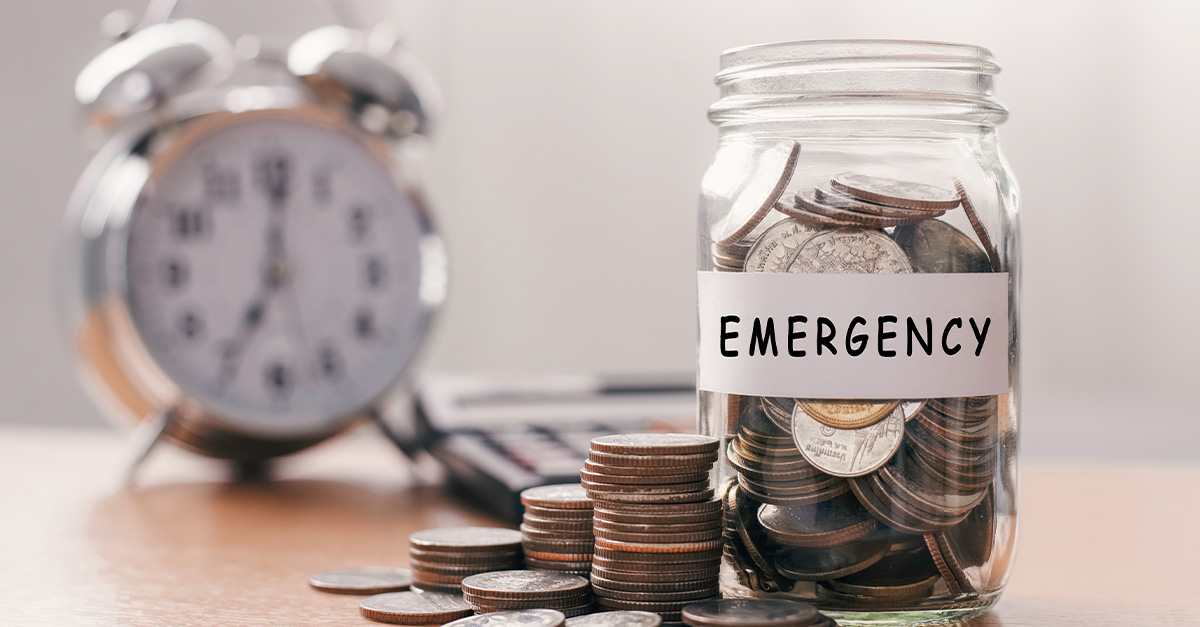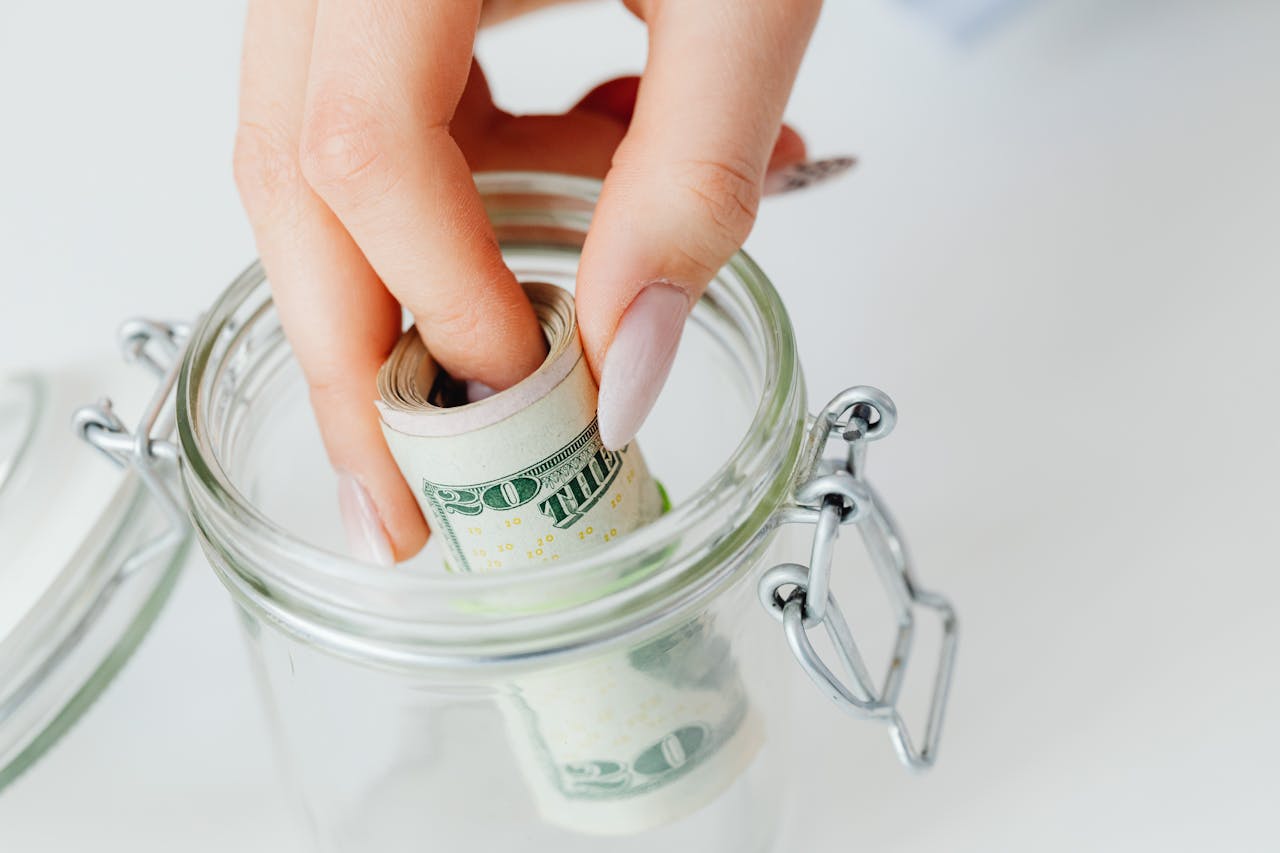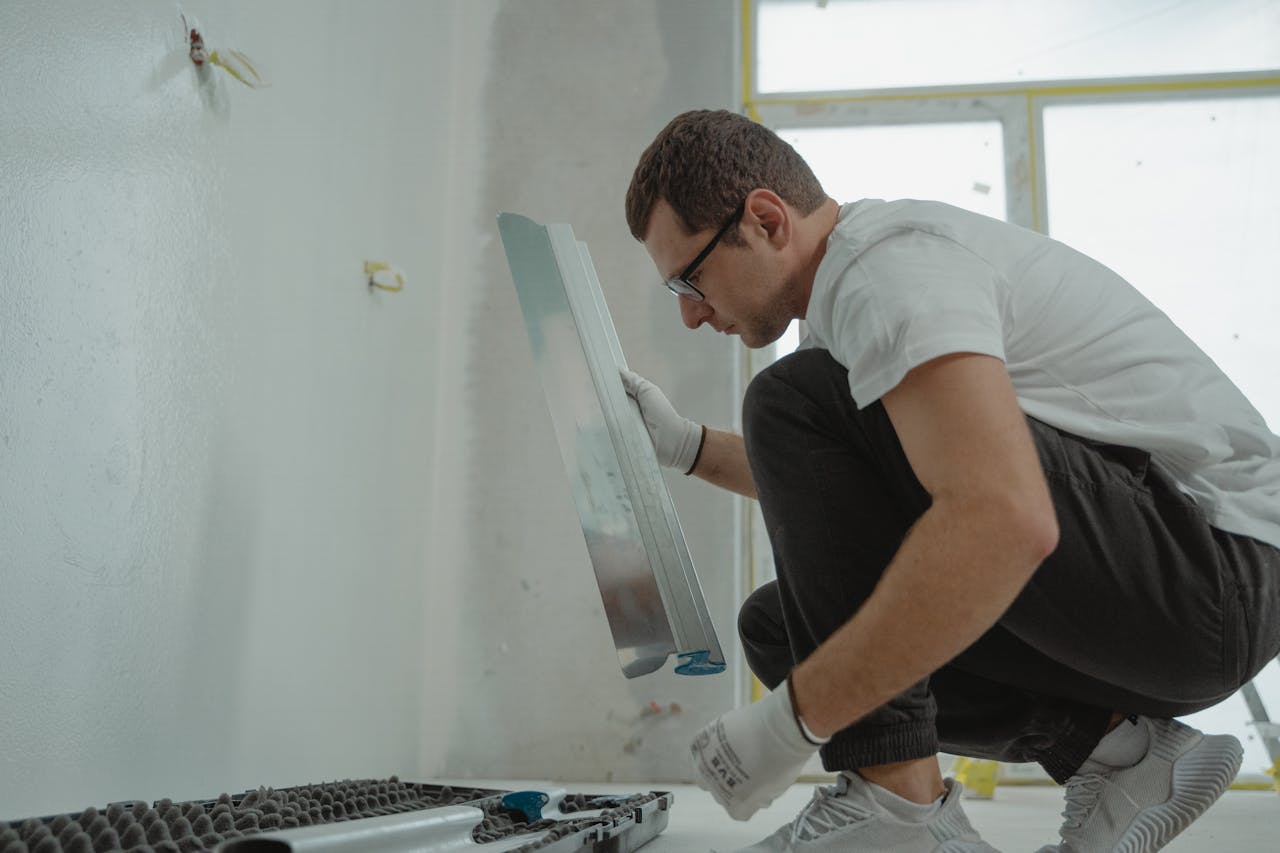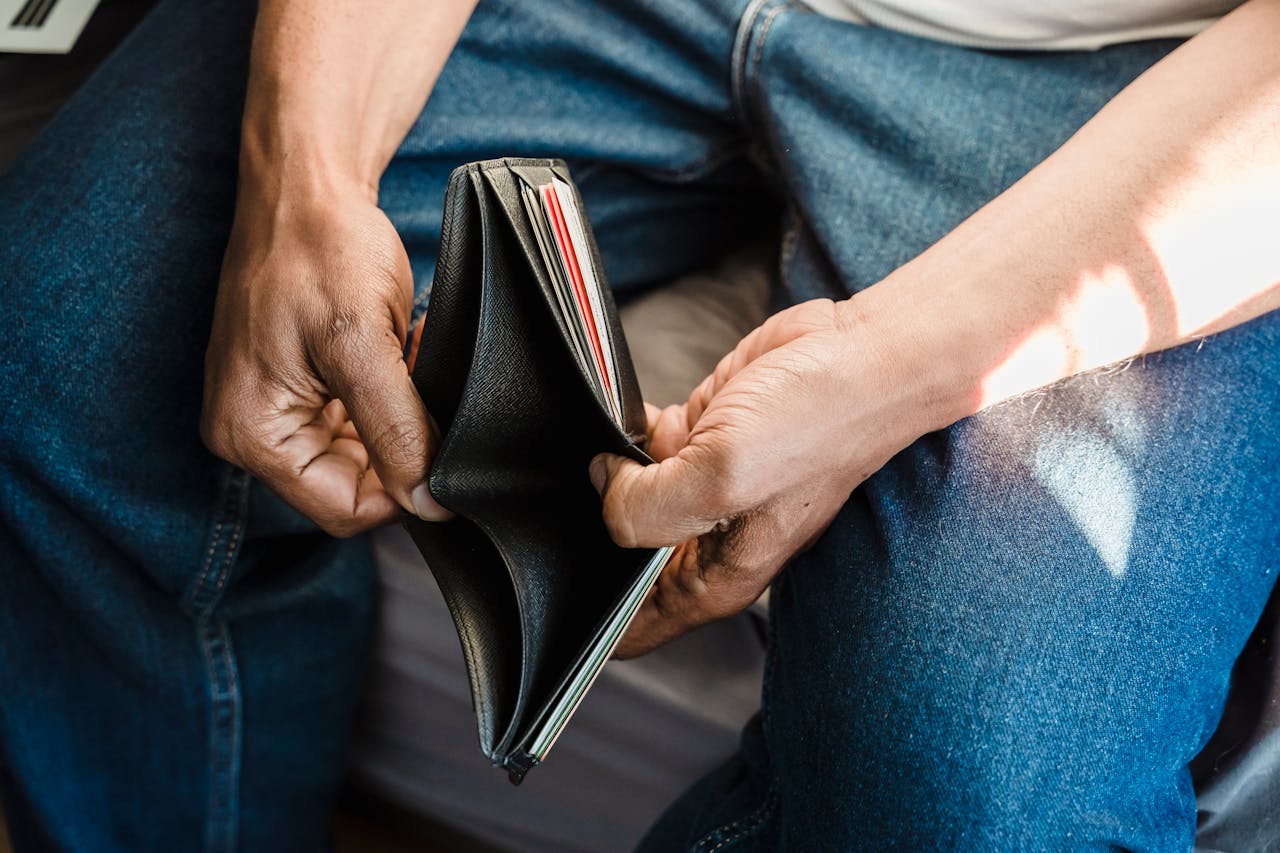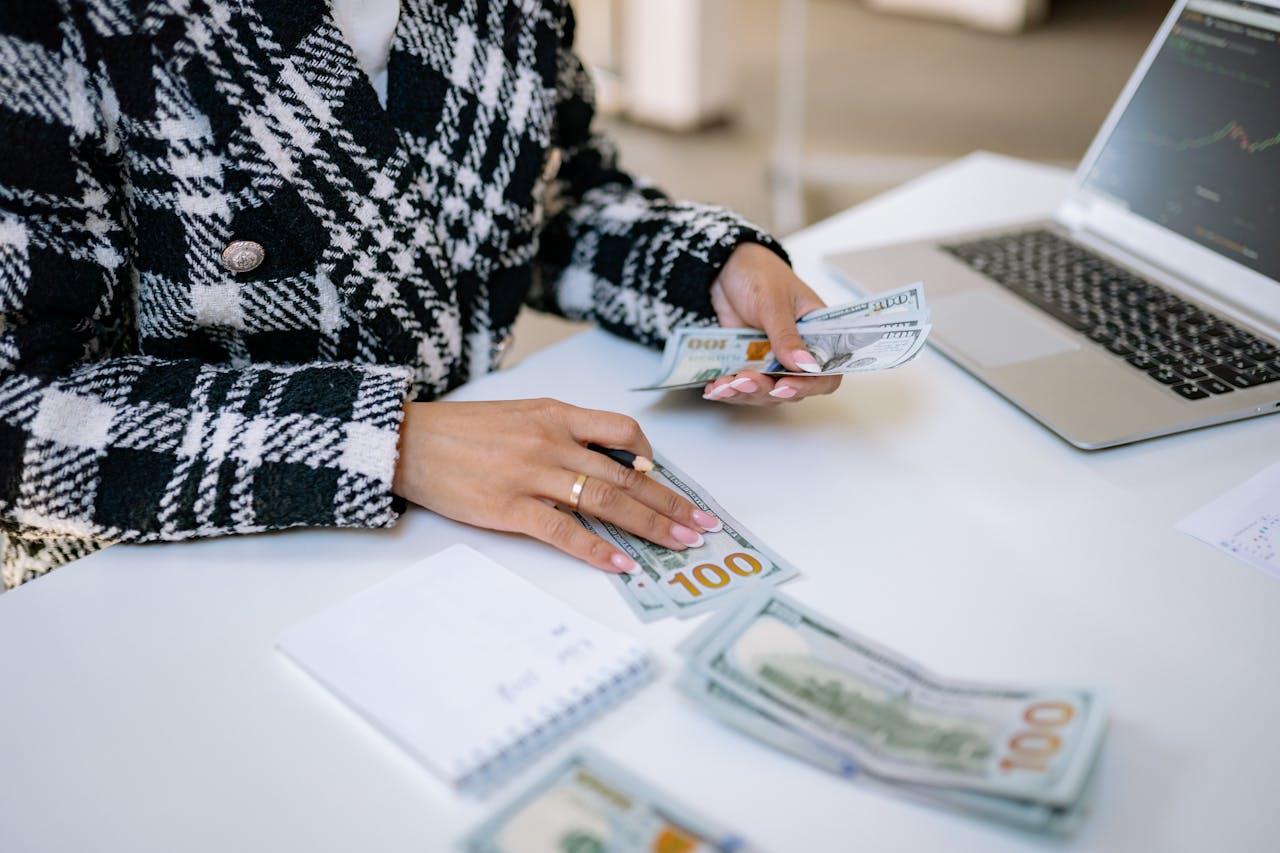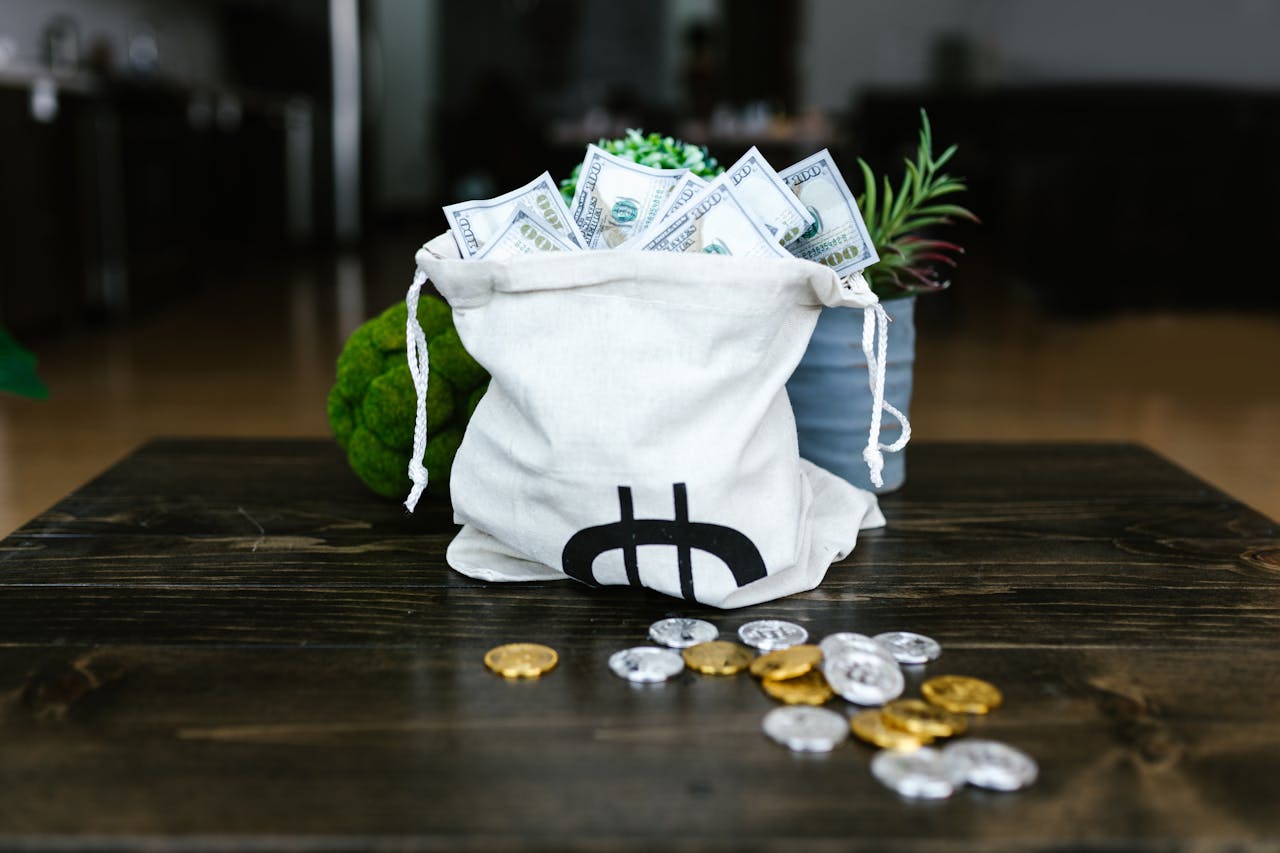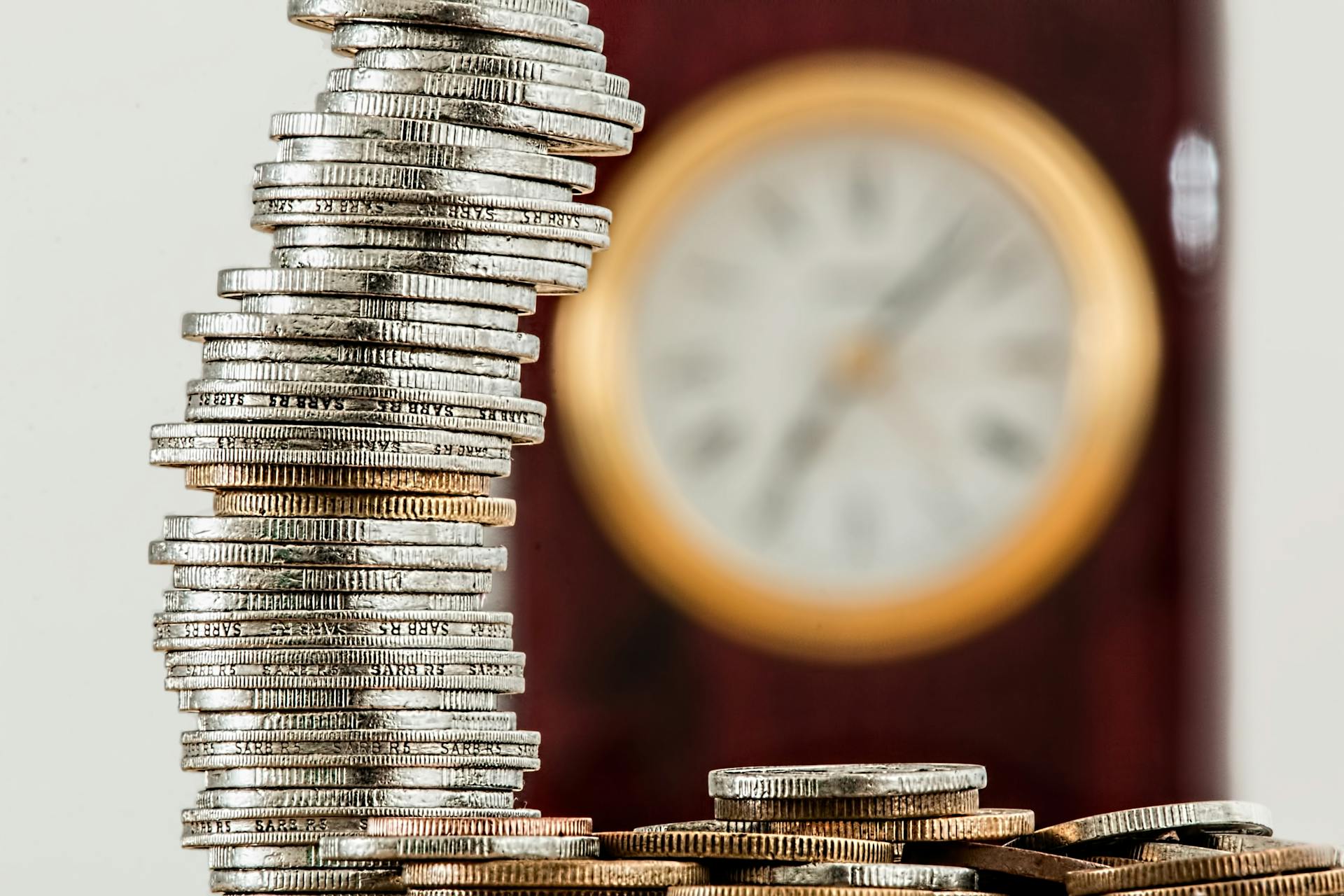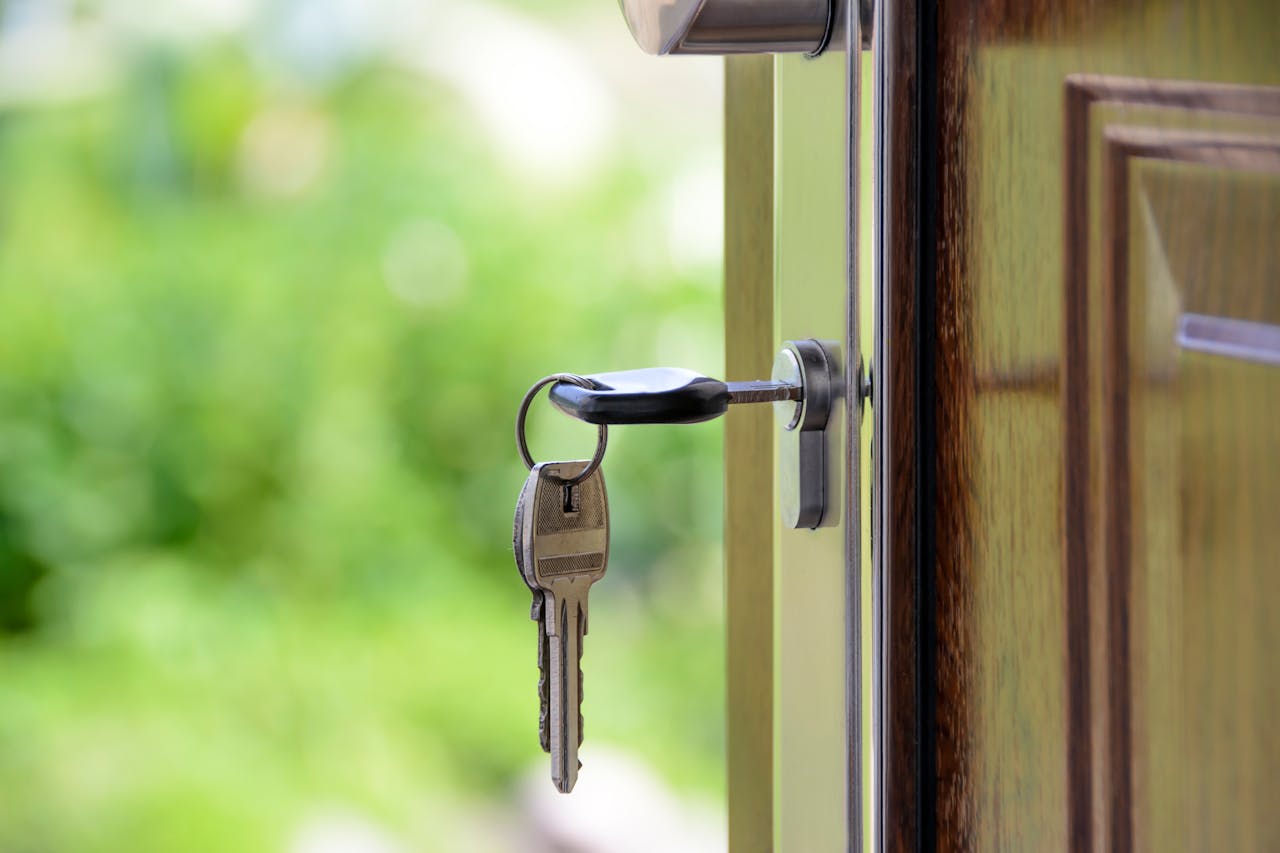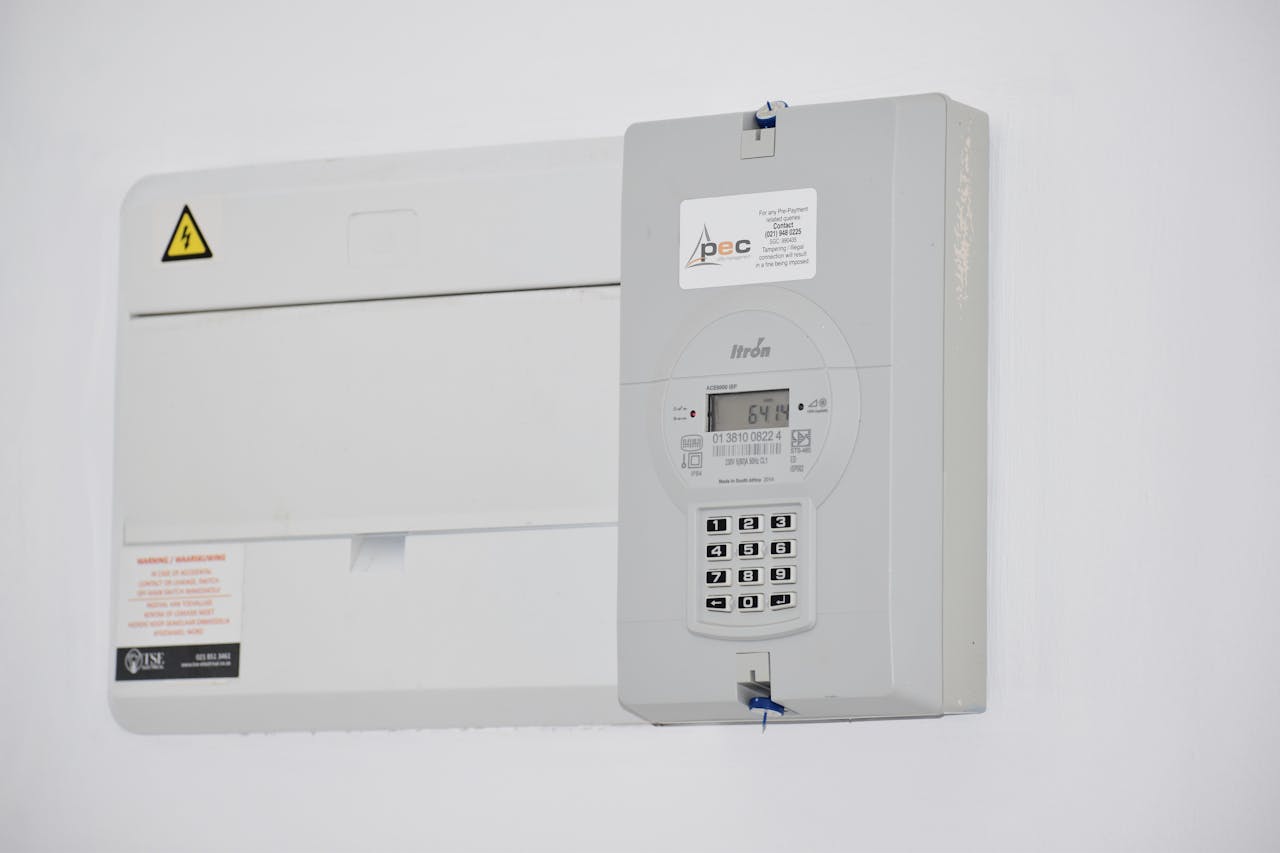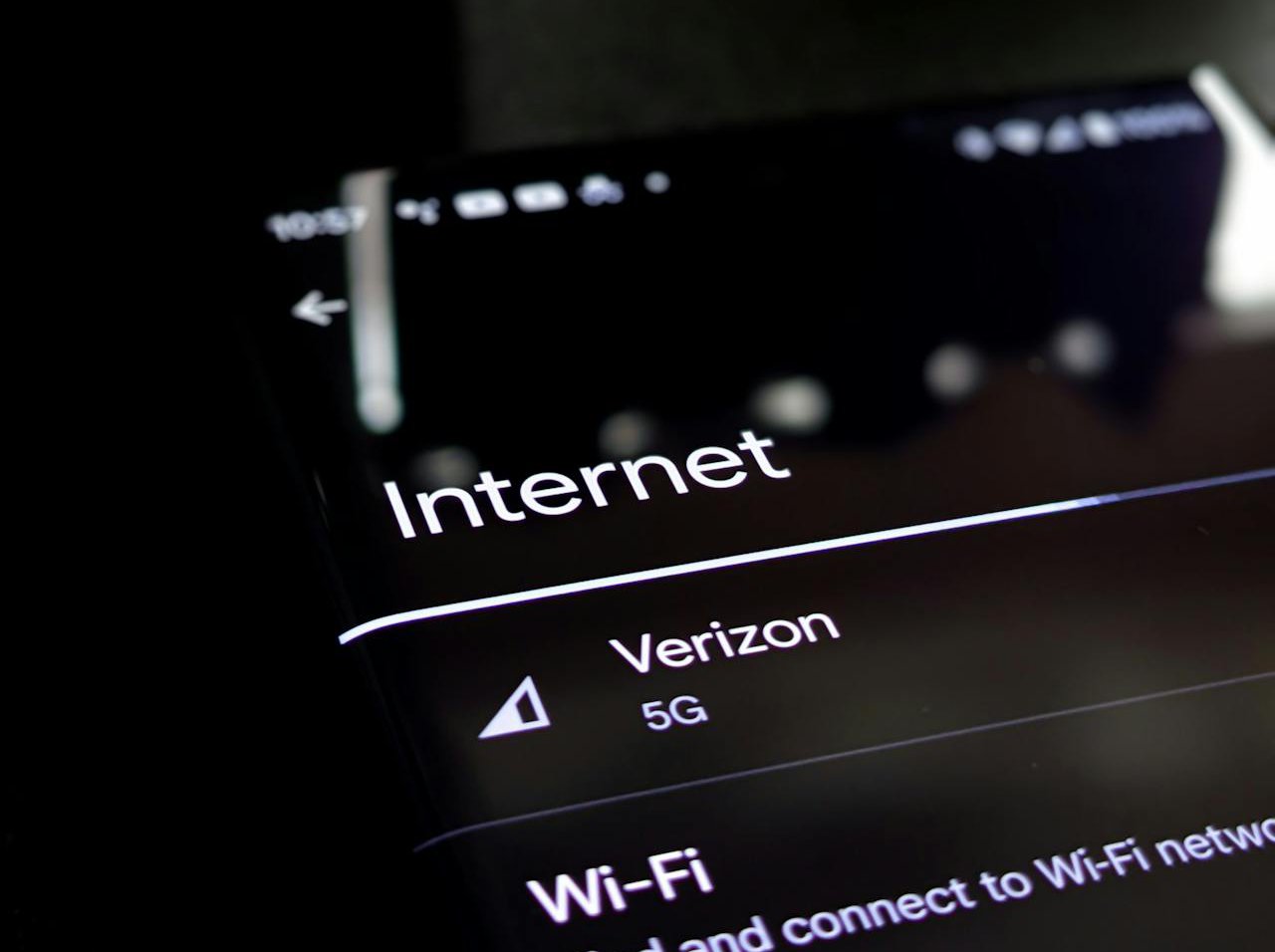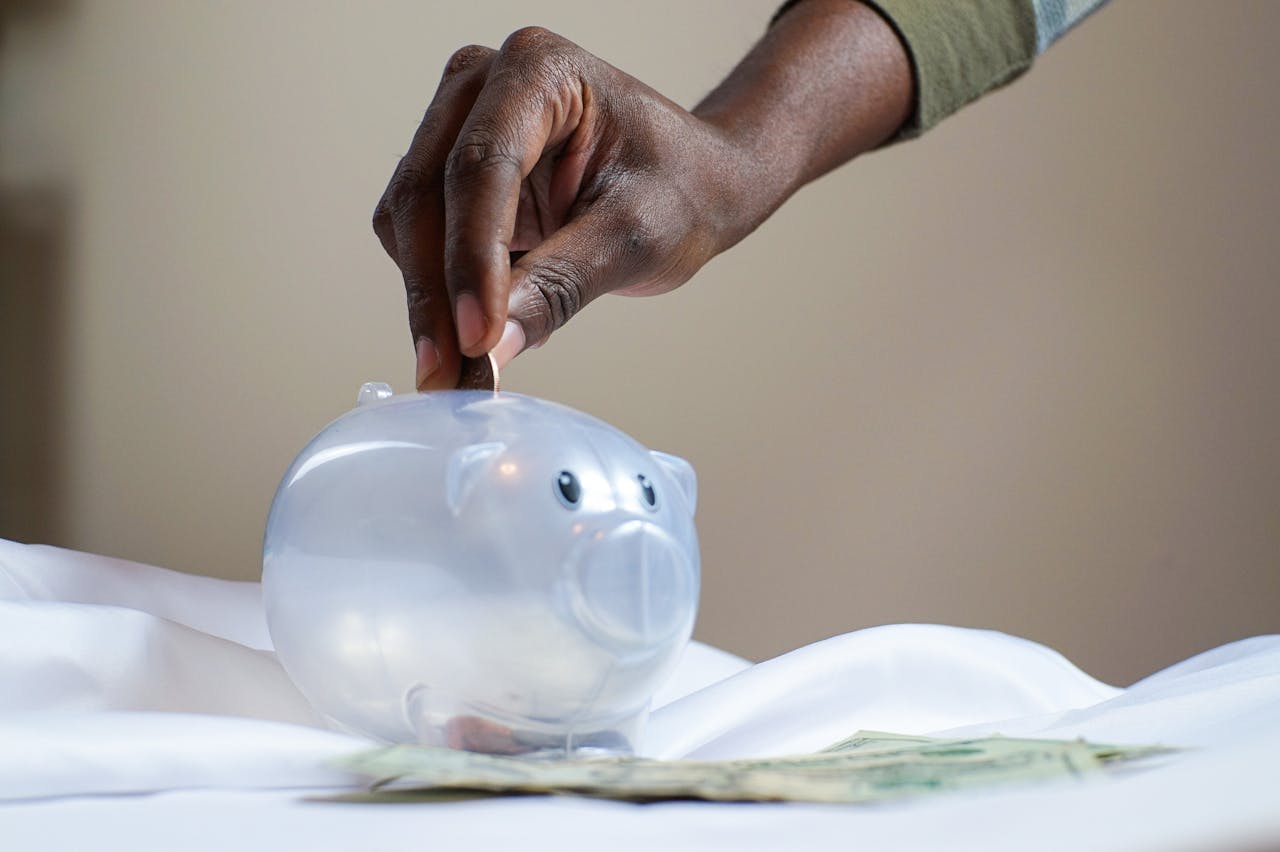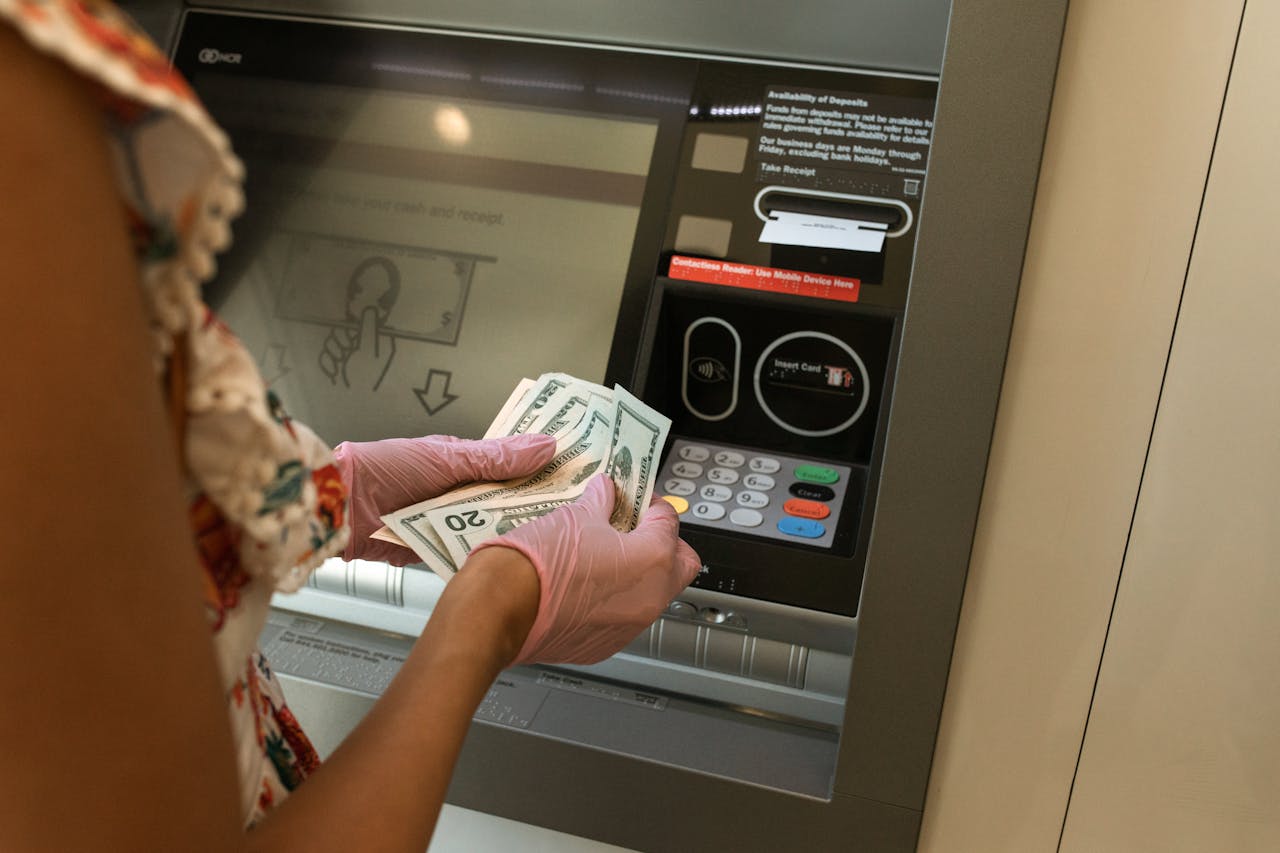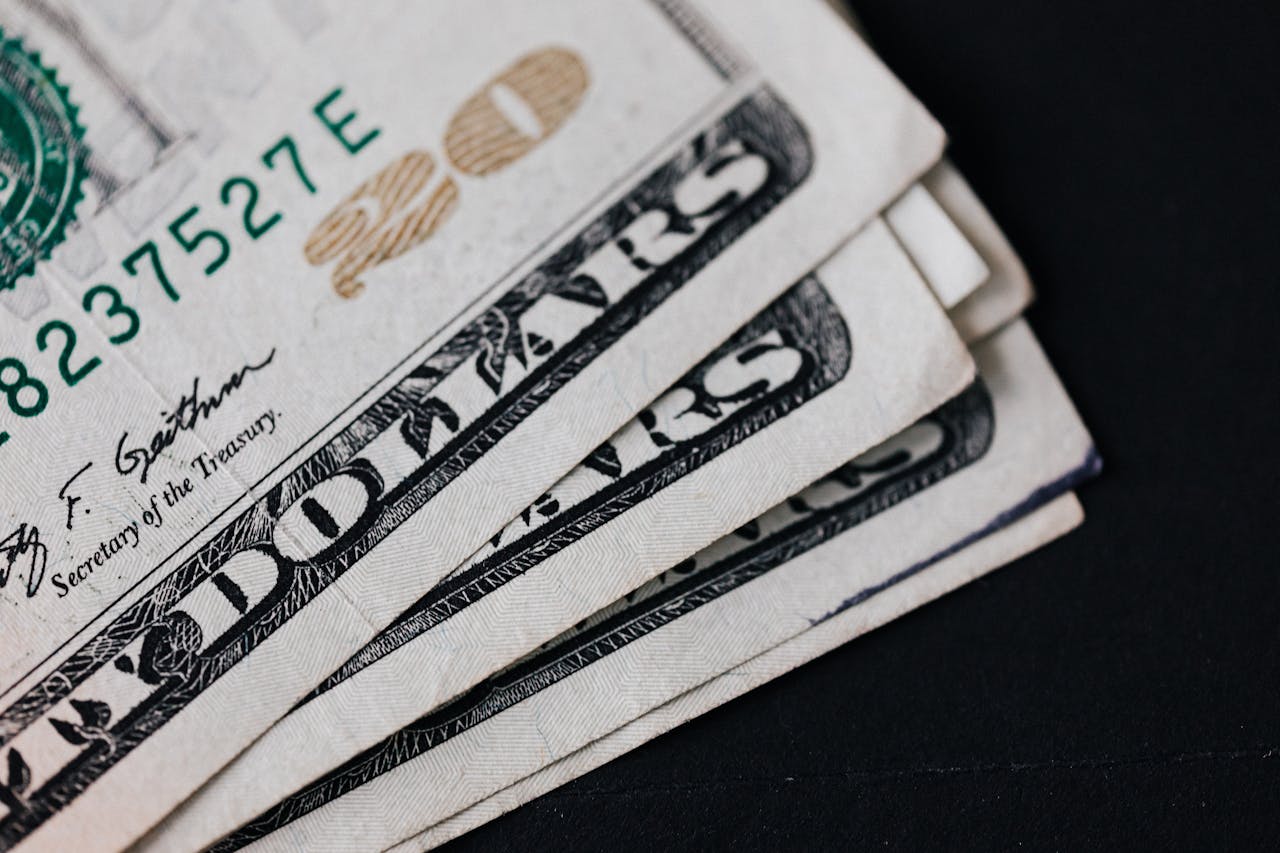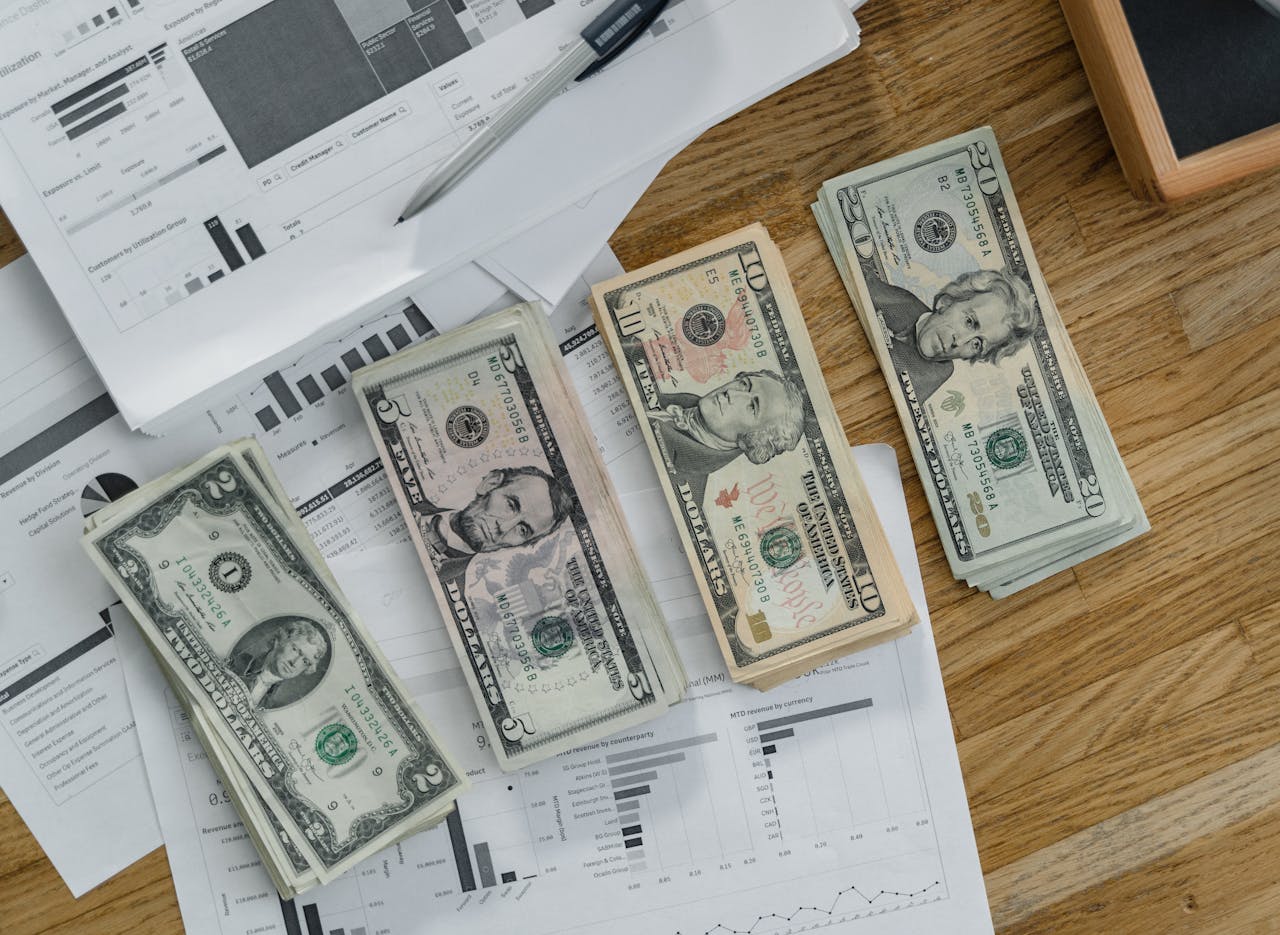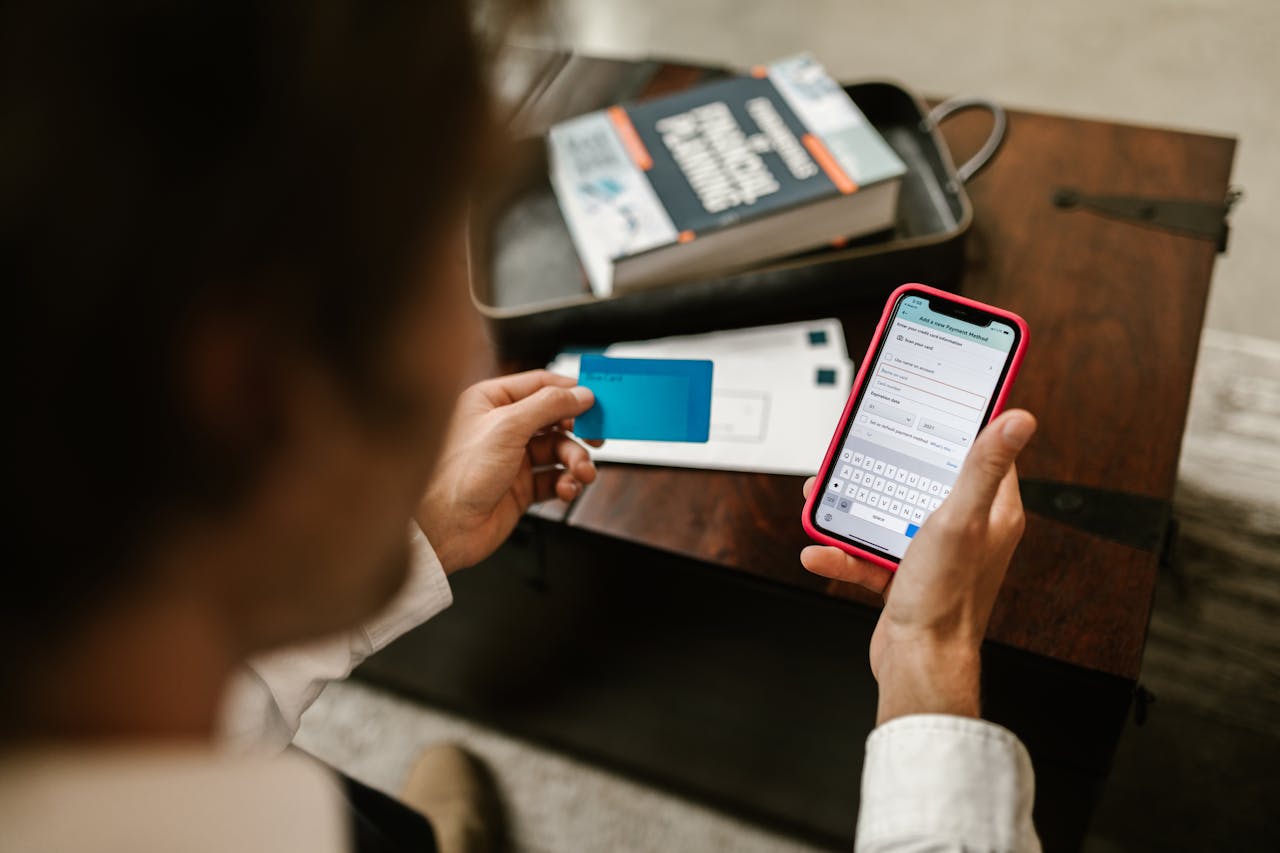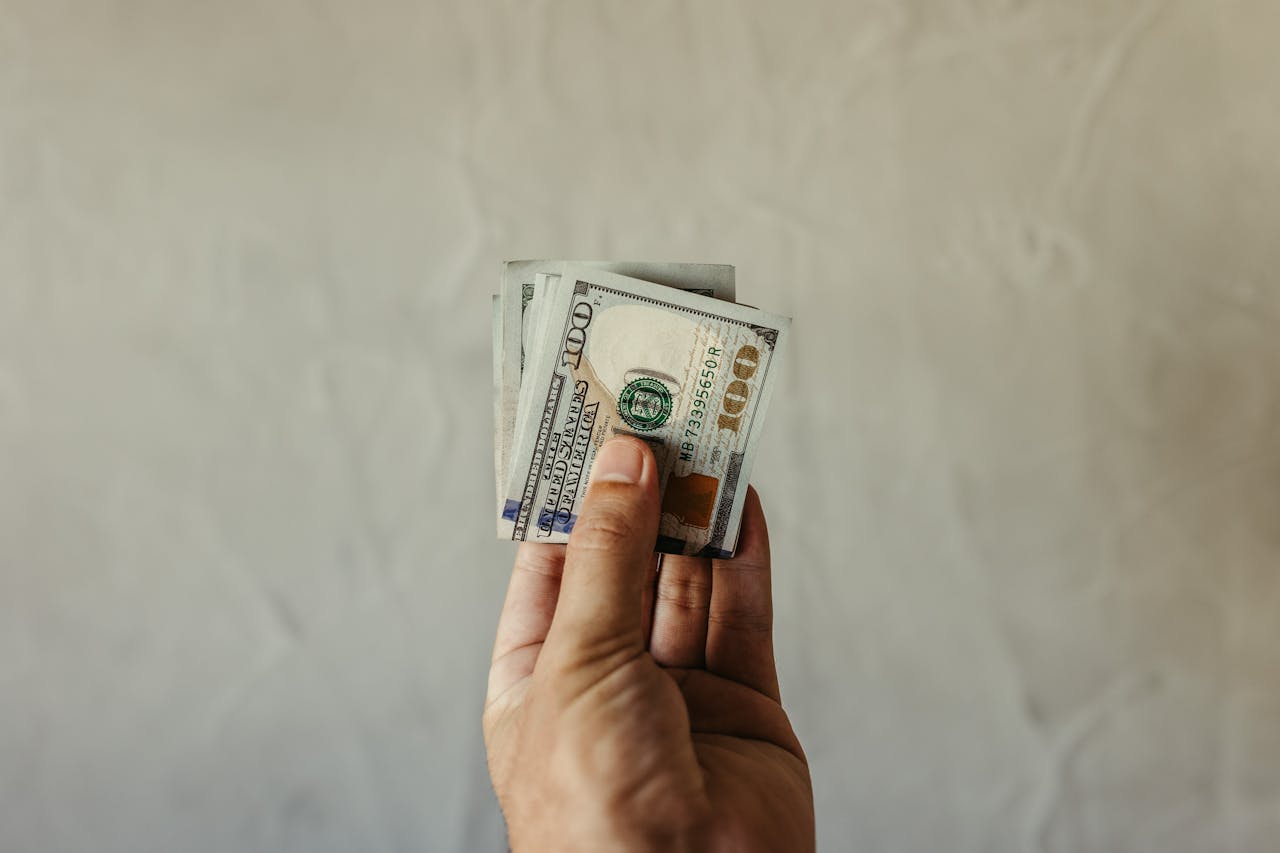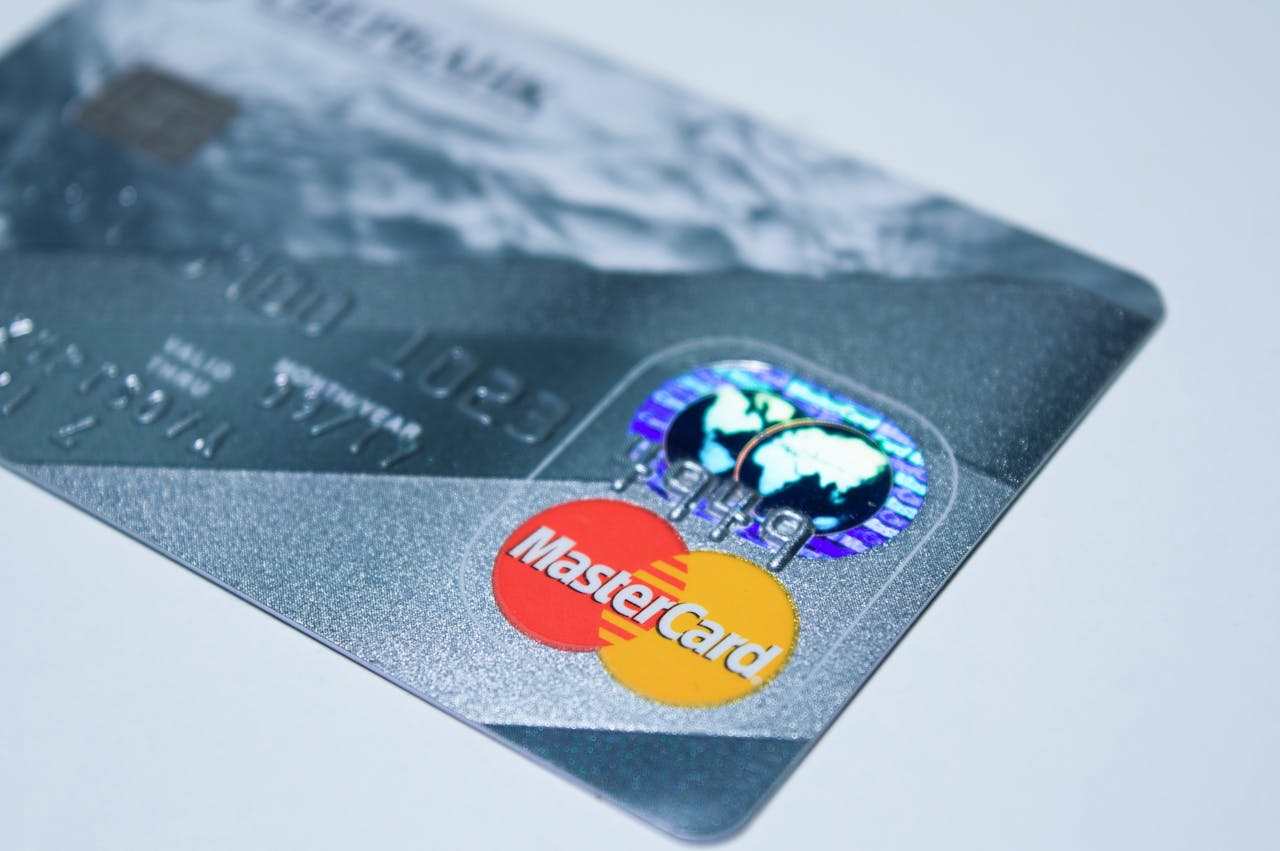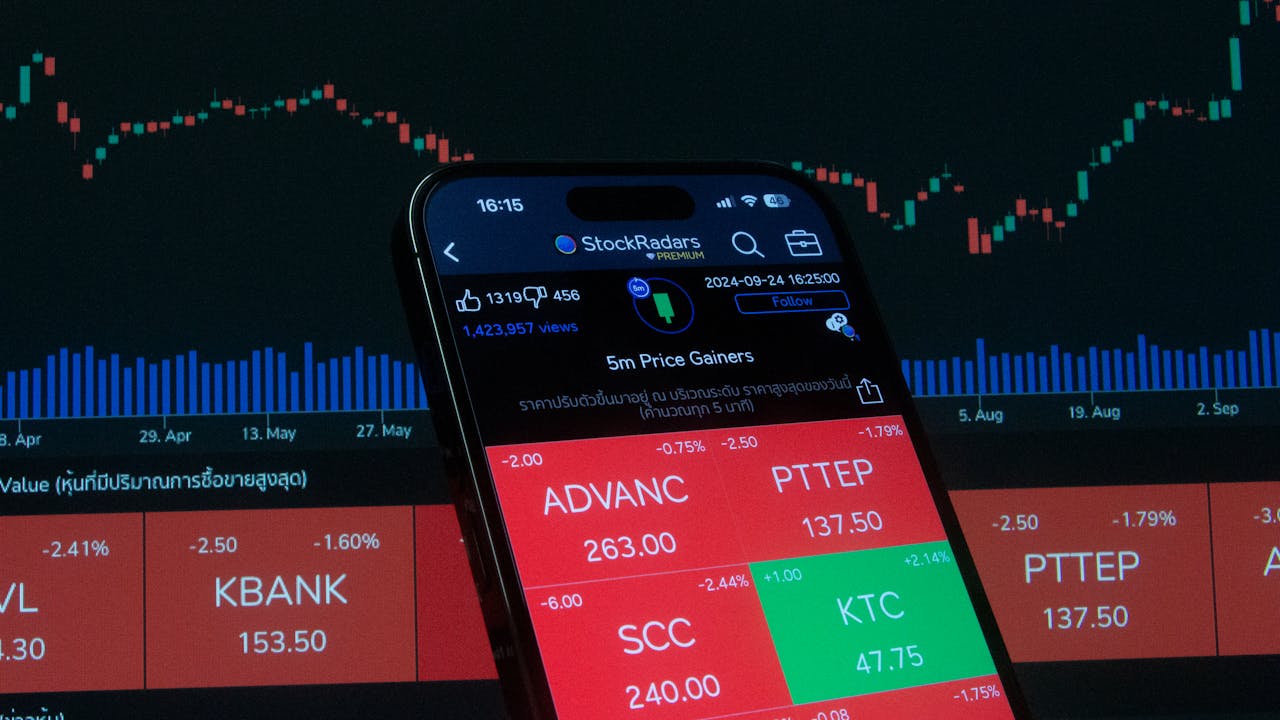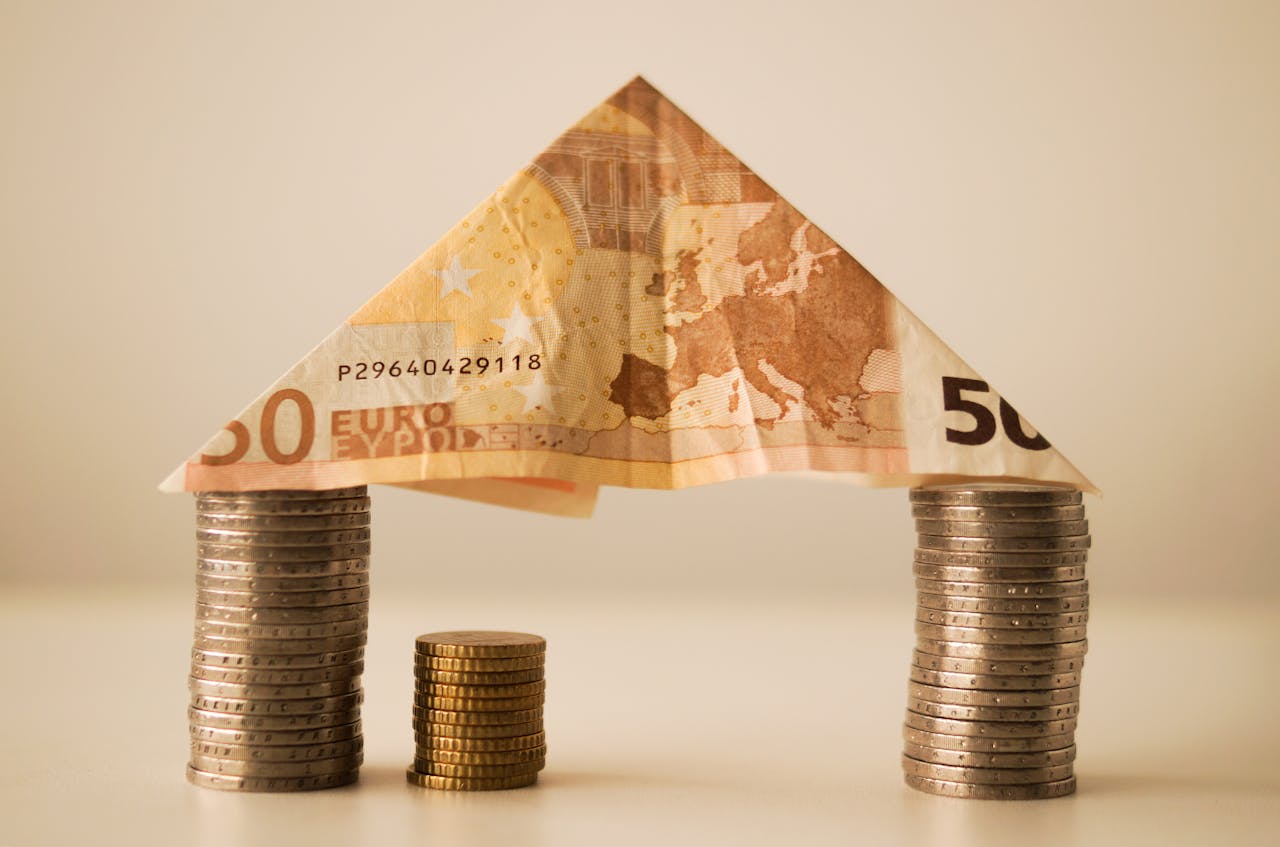Emergency Funds Are Meant To Be Used For Emergencies, But How Do You Recoup That Loss?
So, you've bitten the bullet and dug into that emergency fund you've been diligently saving for weeks, months, or years. Perhaps the alternator in your car has gone out, or you have an unexpected medical expense. In any case, we know it hurts to watch that precious emergency money dwindle to zero, but here's how to save it back up again—and fast!
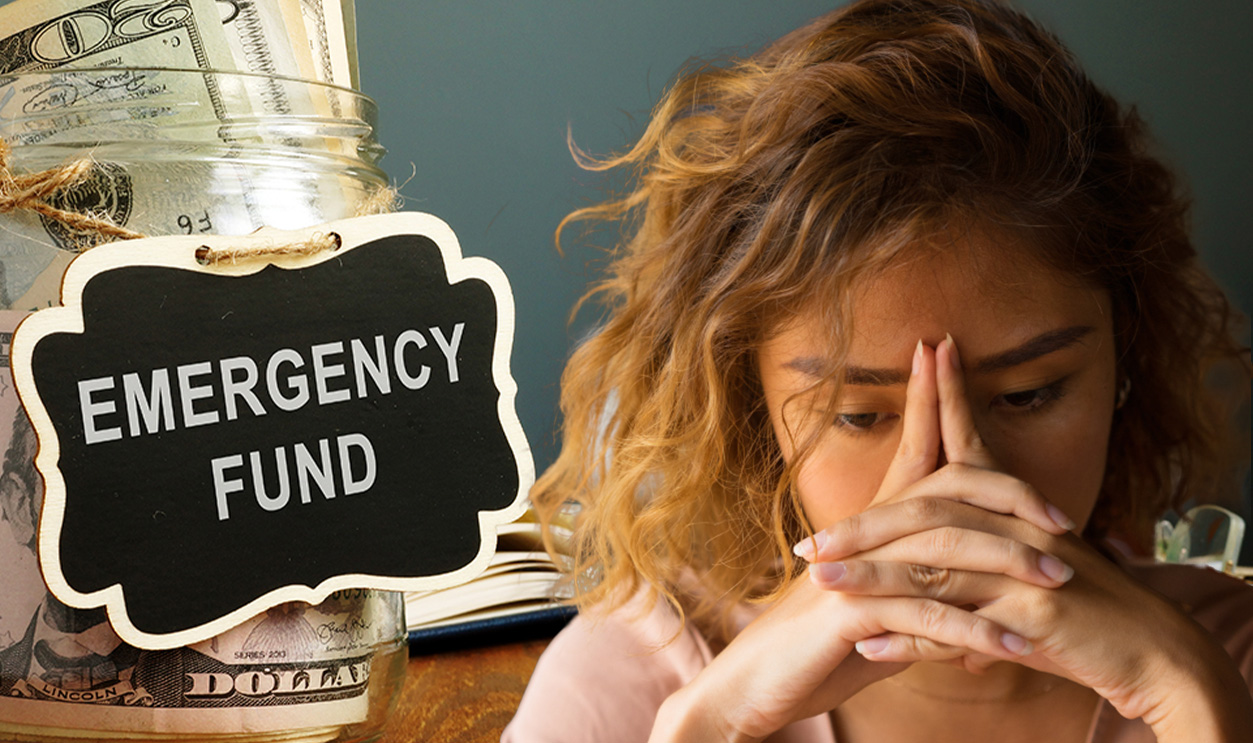
Valid Reasons To Break Into That Emergency Fund
Before we begin, if you're considering drawing from your emergency fund for something, ensure it's for the right reasons. You don't want to make a major financial mistake by depleting your emergency fund on something that's not an emergency.
Your Pet Got Sick
Even with pet insurance (which everyone should have, really), vet bills are still extraordinarily expensive. We completely understand the need to pay for the care and treatments your pet needs, and it's a valid reason to tap into your emergency fund.
Your Car Ran Into Mechanical Problems
Cars having mechanical issues are as inevitable as life's other two certainties. Whether your car is six months old or six years old, it will likely experience non-routine mechanical problems at some point, and these issues will require an expensive fix. Of course, your car gets you to and from work in the morning, so you'll need to pay for those repairs as soon as possible. This is what emergency funds are for.
You Need To Travel To See A Sick Relative
It's always stressful when family or friends become severely ill. It's even worse if you can't be there for them when they're going through that difficult time. Whether your friend or relative has passed away or is seriously ill, these unexpected expenses can range from $500 to $1,000, or more if your family is overseas. Another completely valid reason to drain the emergency fund.
House Repairs
One of the most gut-wrenching reasons to tap into the emergency fund is for an unexpected house repair. A sudden roof leak, a burst pipe that floods the basement, a washing machine or oven that dies on the spot—not fun at all. However, it's also a valid reason to tap into the emergency fund and get it fixed. But check to see if your home insurance will cover some of the repairs first!
Emergency Healthcare
If you don't have health insurance, you'll know all too well how scary it can be to go to the hospital. Maybe that was what set you back the last time you had an emergency fund. Emergency healthcare costs can be extraordinarily high, but getting the treatment you need is a perfectly valid reason to break into that emergency fund.
Emergency Fund: $0—What Now?
If you've suddenly had to use your emergency fund for one of the above, or any other reason, and you're sitting there watching that bank account sit at $0, you may be panicking and thinking, "What am I going to do now?" Here are some critical steps to take before rebuilding your emergency fund.
Take A Step Back & Look At Your Finances
Whether you're rebuilding a personal emergency fund or you and your significant other are rebuilding a family emergency fund, it's a good time to take a step back and check your finances. If you have a financial advisor, now might be a good time to consult with them. Here are some key considerations to keep in mind when reviewing your broader financial picture.
Are You Saving As Much As You Could Be?
When rebuilding an emergency fund, time is generally of the essence. Although you might not need that emergency fund money for another year and have plenty of time to re-save it, you want to reach your emergency fund goal as soon as possible. Check to see if you're saving as much as you could be.
How To Save More Than You Are Right Now
When rebuilding an emergency fund, it's time to go "scorched earth" on your lifestyle, particularly if this is your second time around. Cut out nights on the town. Consider holding off on buying new clothes for a while. Walk instead of driving to save on gas. Live frugally while you save.
What's Your Largest Bill, Outside Of Your Mortgage?
Conduct a bill audit to determine your largest recurring monthly bill. Your mortgage is (hopefully) your largest monthly bill, but what's the next one? If it's adjustable—for example, a power bill, a cell phone bill, or a credit card payment—then explore options to reduce that next biggest expense.
Some Tips On Reducing Your Power Bill
If you've noticed that your power bill is the next highest bill in your budget after your mortgage, ensure that all lights are turned off when you leave a room and unplug appliances that you're not using to prevent "phantom draw". You can also call your electricity provider and ask about equalized billing—you'll pay the same amount every month, as they'll take an average of your expenses throughout the year and come up with a monthly bill that's the same.
Shop Around For Cheaper Insurance
If you feel like you're paying a lot for your home or auto insurance compared to other people you know, it might be worth shopping around and changing up your insurance policy to a cheaper plan. This can be a great way to save hundreds of dollars each year.
Pay Less For Your Cell Phone Plan
Did you know that the national average cell phone bill in the United States is $144/month? If that sounds about right to you, then your cell phone bill may be a little crazy. You might not be able to get away with reducing it by too much, particularly not if you're locked into a fixed-rate contract, but here are some things you can do to reduce your monthly bill.
Switch Phone Providers
Unless you're locked in, it might be a good idea to switch providers to a new company. Promotional rates for new customers could mean hundreds of dollars in savings for your first few months. Or, if you're not on a pay-as-you-go plan, these providers often offer cheaper plans.
Do You Really Need All That Data?
Open your provider's app on your phone. Examine how much data you use every month. Are you anywhere near your allocated maximum? If not, consider downgrading your plan to one with less allotted monthly data. This will reduce your expenses. Most of us are connected to a Wi-Fi network of some sort when we're using our phones, so see if you can do without the extra gigabytes of data to save money.
Reduce Your Television/Cable Package
If you currently pay for a TV or cable package, you may be missing out on savings. Sure, you could continue to pay about $90/month, but if you're only using it to watch movies and maybe the occasional football or hockey game, you could pay a third of the price and get Netflix and a subscription to the NFL, NBA, or NHL network (or all three) by subscribing to something like Sportsnet, and save money by reducing your TV expenses.
Examine Your Eating Habits
Food is incredibly expensive, no matter which way you slice it. But rebuilding an emergency fund is a great time to examine what you eat and how much it costs. If you find that your money is going towards take-out or dining out, then having the money to rebuild your emergency fund will mean cutting that stuff out.
Eating Healthier For Less
One excellent way to reduce your food expenses is to eat healthier, but not by buying from the grocery store. Check out your local farmers markets or local farms that sell meat. It may seem more expensive in the moment, but the health costs you'll incur by eating terribly are far greater than you might think.
Tips On Where To Find Healthier Eats
Check out farms that offer boxed meats—these usually go for about $150, but include a lot of different types of meat and different cuts. Farmers markets are a great place to buy veggies that are higher quality and less expensive.
Adopt A Saver's Mindset
By doing the above things as part of your financial audit, you'll discover places you could save money every month. What's required then is to adopt a saver's mindset, commit to replacing that emergency fund as soon as possible by saving whatever you can. Think big picture.
Open A High-Yield Savings Account
There are many excellent options for rebuilding your emergency fund. As this is an emergency fund, you don't want to put savings into stock market investments. No, this is your financial security blanket. Treat it as such. Start contributing to a high-yield savings account, at the highest interest rate you can find (often offered for a limited period).
Avoid Certificates Of Deposit
While certificates of deposit (CDs) are a great option for medium- to long-term savings, they often aren't a liquid asset. Meaning you can't cash them out for almost any reason. This lack of liquidity means you won't have access to that money in an emergency, despite the high interest rate they offer. You can find redeemable CDs, but you'll take a hit in the interest rate as a result.
Keep Moving Money Around
One way to maximize the amount of money you'll make on your savings is to move the money from one HYSA to the next, as promotional offers begin and end. By keeping your money in a HYSA, it remains accessible and you can capitalize on interest rate offers for short periods. Sure, it takes some time and effort to set up a different HYSA every few months, but your savings will increase by a few hundred dollars a year with this practice.
See If Your Emergency Fund Amount Has Changed
Now that your savings account is at zero and you've done a financial audit, examine your savings goals to see if the "emergency fund" amount (the amount you'll feel comfortable leaving untouched in an HYSA) has changed. Did you have enough to cover that last emergency? Or did you almost have enough, but had to borrow from relatives or friends—or worse, go into debt? If so, maybe re-examine how much of an emergency fund you really need.
Create A New Budget Based On That New Emergency Fund
It's time to start from step one in any personal finance course: building a new budget. Take into account how much your new emergency fund is. While financial experts recommend three to six months of expenses, if that amount has changed, then you'll need to be more aggressive with your savings than you were the last time around. Once your budget is created, you can begin allocating money from every paycheck to your new emergency fund.
Consider A Zero-Based Budget Over Traditional Budgeting
With traditional budgeting, you start the month with how much money you have coming in, then you list your fixed expenses and a little left over "fun" money" and what you're left with after that is (or should be) your savings. By adopting zero-based budgeting, you give each dollar you earn a purpose, bringing your bank account to $0. This might sound crazy, but it forces you to think about where your money is going.
Automate Your Savings
Armed with your new budget, you should know exactly how much money you have left to save every month. Or, if you're doing zero-based budgeting, you'll have worked out what you're allocating to savings already. Next, it's time to automate those savings. Most banking applications will allow you to do this in the app, but if not, you can visit your branch and set it up. By automating a certain amount into savings every month, you won't even see that money and think about other ways to spend it.
Start By Saving $1,000
Once you've done the above financial audit, you should have a better idea of what you could save every month. Start, as you did before, by attempting to save $1,000. This will cover most minor emergencies, like a blown tire, a new appliance, etc. Keep this in a separate HYSA and continue to build your three to six months' worth of expenses.
How To Build Your Emergency Fund Even Faster
Sure, having automated bank transfers of a couple hundred dollars a month is a great way to rebuild that emergency fund, but how could you expedite those savings? We understand that being without a decent emergency fund can be nerve-wracking, so here are a few ways to expedite rebuilding that fund.
Get A Second Job
Second jobs don't have to take up all of your free time after work. They can be a few hours a week on certain weekdays. Pulling shift work at a local grocery store, or even mowing lawns in the early evening or all weekend are examples. This isn't something you'll have to do forever, just until you've rebuilt your financial security buffer.
Sell Some Things
We're not talking about selling things you use and enjoy using, or even things that are associated with hobbies or practical items. But maybe there are a few things that you've got sitting in your basement—extra furniture, for example. You could sell some of these items and make a few extra hundred dollars to put directly into your emergency fund.
Rent Out A Room In Your Home
If you own a home and have a spare bedroom that never gets used, consider renting out that space to someone. Of course, be diligent about who you rent to and do a thorough background check and interview potential candidates, but renting out a room could be a great way to earn a few hundred dollars a month that could re-pad your emergency fund toute suite. Only do this if you're comfortable with it and it makes sense for you and your family, but it's an option.
Attack Your Credit Card Debt
If you've built up credit card debt and have your primary emergency fund of $1,000 in place, it's time to attack your credit card debt. Use either the debt snowball or avalanche methods and pay off those credit cards as soon as possible. Once you're done with one payment, put those savings into your HYSA and use them to build a fully-funded emergency fund of three to six months.
Could You Take On More Work At Your Day Job?
Another way to increase your savings is to increase your income. You could do this by getting a second job, but that can mean more hours away from your family and friends. Trust us that no job is worth that time, but what about your day job? Could you receive different or new training that could entitle you to a higher salary? You could then funnel that extra money into your emergency fund rebuild.
Could You Get A Raise Early?
If you're due for a raise in the next two or three months, is it possible that your work would give it to you early? You'll need to be on good terms with your bosses, of course, but it doesn't hurt to ask the question. Explain the situation and if they're understanding, you may be able to start contributing to your new emergency with that extra bump in your bi-weekly paycheck.
Sell Your Investments
If you've already invested some money in the stock market, you could sell these stocks to bolster your emergency fund. Although, this shouldn't be your first choice, as time in the market is crucial and you may not be able to build up that portfolio again in a reasonable length of time.
As A Last Resort: Withdraw From Your 401K
If you've been hit with a string of bad luck and haven't yet saved up any funds for a large emergency expense (that which is over $1,000), then as a last resort, you can withdraw from your retirement account. BUT, you'll take a huge tax penalty of 10% of the withdrawal amount, in addition to taxes you could owe on the withdrawal amount. That's almost guaranteed to be a penalty of over 20% of the withdrawal amount. This has to be done as a last resort.
What To Do Once You've Rebuilt Your Emergency Fund
Congratulations on rebuilding your emergency fund with three to six months' worth of expenses! That's AWESOME. But what do you do now? First, leave that money alone. Put it in a redeemable CD, or keep it in your HYSA and don't touch it. Don't even look at it. Pretend it doesn't exist. Then you can really start living again, just as you did before that previous emergency fund was decimated.
You May Also Like:
Is Your Savings Account Costing You Money? Here's Where To Put Your Cash Instead
Careers That Were Once Extremely Popular, Then Disappeared
How To Save $100K—And What To Do Next

